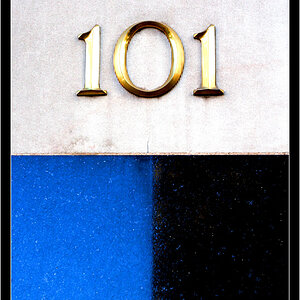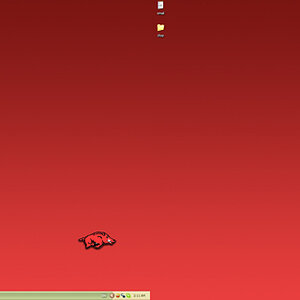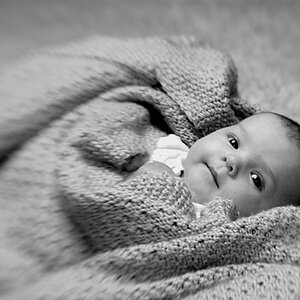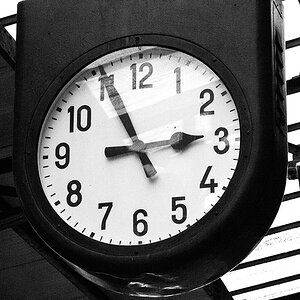fmw
No longer a newbie, moving up!
What you want to do is very simple. Mount the camera with slow film on a tripod, point it, choose a small aperture and open the shutter for as long as you like.
As long as no artificial light and no moon is in the frame you can get different effects with different exposure times.
Anything other than starlight, however, will quickly overexpose.
As long as no artificial light and no moon is in the frame you can get different effects with different exposure times.
Anything other than starlight, however, will quickly overexpose.


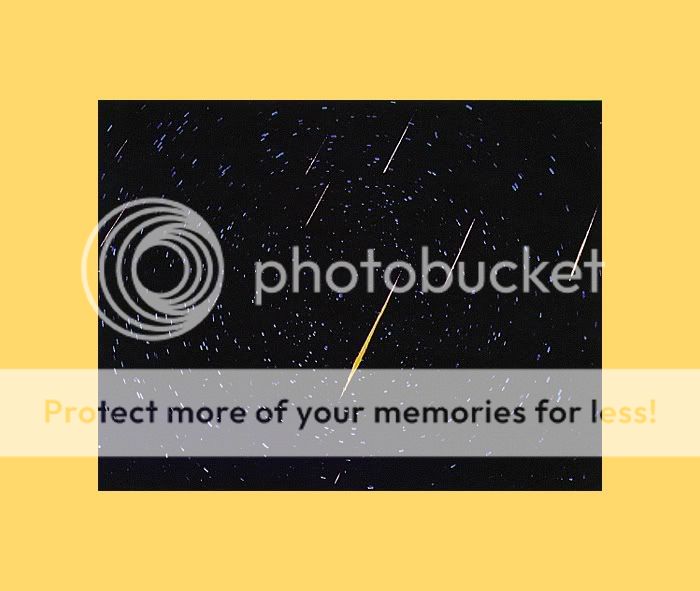
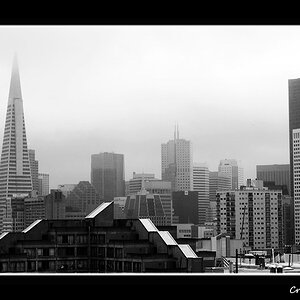
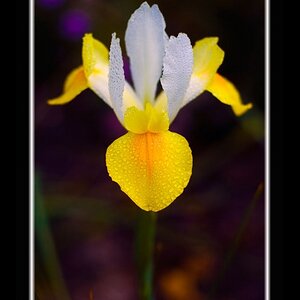
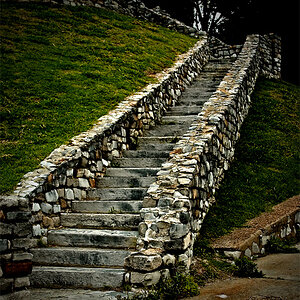
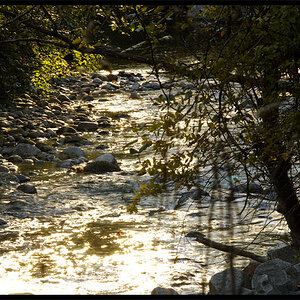
![[No title]](/data/xfmg/thumbnail/34/34127-a0d1223fcaca46821c9dace22d8f88c2.jpg?1619736298)

